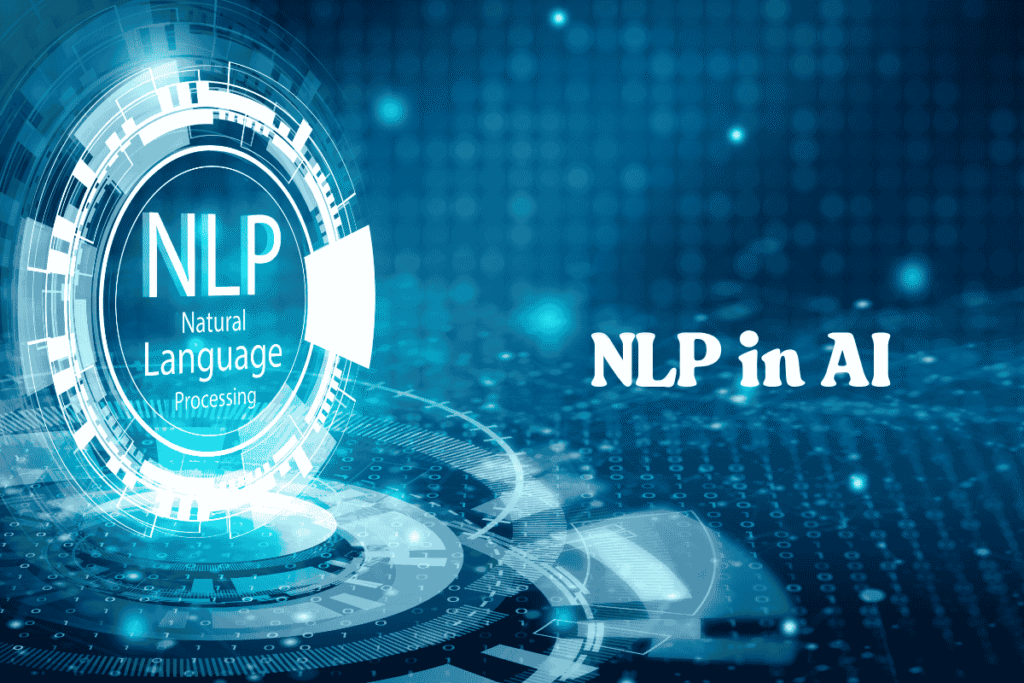Hello people! How does NLP make AI so impactful and what new ways does it create for people and machines to team up? Natural Language Processing, a leading area in AI, allows machines to work with language, making them more useful in everyone’s daily routine. By allowing virtual assistants like Siri and Alexa to make translations and emotional analyses fast, Natural Language Processing brings people and computers together. Because Natural Language Processing sorts through huge amounts of text and speech, AI can adapt interactions between the user and reader.
This article looks into Natural Language Processing influence on AI, explaining its functions, applications, barriers, right and wrong with it, and what the future holds in more than 2,500 words and five answers to important questions.
Let’s dive in!
Table of Contents
Natural Language Basics
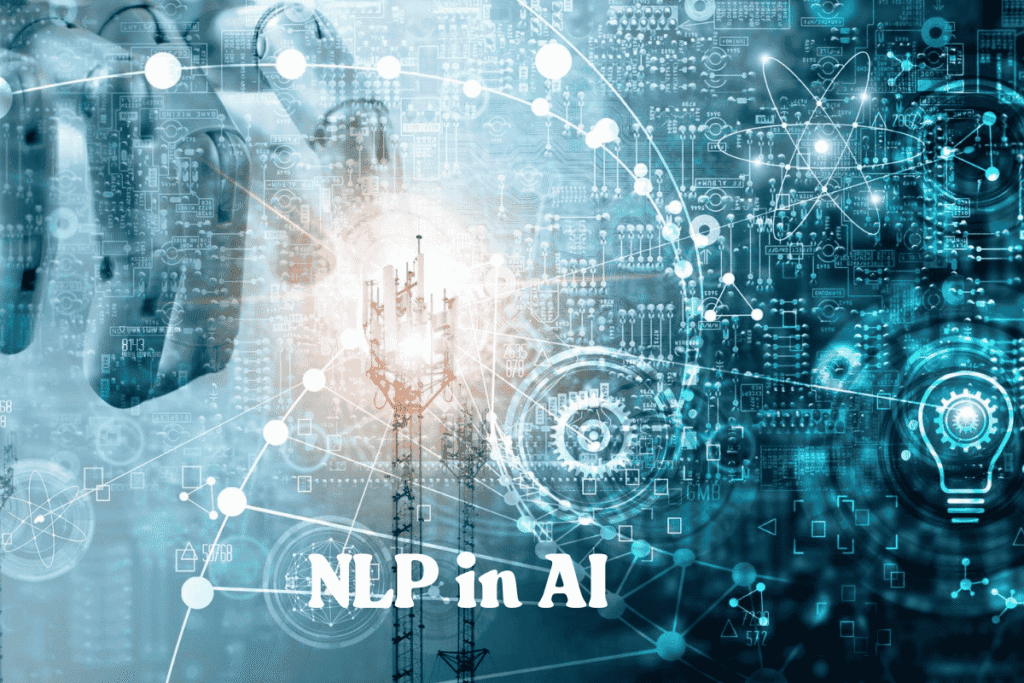
Natural Language Processing covers computational linguistics, machine learning, and deep learning so that computers can deal with and generate human speech and language. It covers Natural Language Understanding (NLU) for understanding what text or speech means and Natural Language Generation (NLG) for making communication coherent and similar to human language. These tasks can be done by Natural Language Processing systems because they analyze patterns in language, its structure, meaning, and context.
Essentially, Natural Language Processing depends on mathematical models and algorithms fed by extensive databases. Hidden behind these models are neural networks that pick up language structures and details which allows them to operate chatbots and generate content. Because Natural Language Processing can handle information from sources like social media posts and clinical notes, it is very important in current AI.
NLP Evolution Timeline
The idea of Natural Language Processing started in the 1950s using rule-based systems. Early on, projects such as the 1954 Georgetown-IBM project tried to translate Russian to English with rules created by human experts. They were not able to handle the complexity and uncertainty in language, because they had to stick to fixed rules.
Hidden Markov Models and n-grams were introduced in the 1990s and these methods use probability to study how language is used. They helped make the systems grow larger, but they fell short of really understanding the data. In the 2010s, machine learning and deep learning emerged and changed the industry. Repeated neural networks (RNNs) and Long Short-Term Memory (LSTM) networks improved how sequences of information were handled and how dependencies in sentences were found.
The launch of transformer models like BERT and GPT in 2017 changed the field of Natural Language Processing. Attention mechanisms in Transformers help them process text in both directions which is more effective for understanding context than in earlier models. Because of these changes, Natural Language Processing systems can now work better, do more, and produce text that sounds like a human, allowing for more modern AI applications.
Key Parts of NLP
Several techniques in Natural Language Processing let AI handle and produce language.
Tokenization
Breaking text into individual words or phrases, called tokens, for further study.
Part-of-Speech Tagging
Each token is given a POS tag (noun, verb) which helps understanding sentence structure.
Named Entity Recognition
NER stands for Named Entity Recognition and it is used to identify things like names, companies or locations in what is written.
Sentiment Analysis
Determining the emotion present in a text (sentiment analysis) by considering its positive, negative, or neutral tones.
Dependency Parsing
Studying how words are connected grammatically to know how a sentence is structured.
Machine Translation
Machine Translation is used to translate text from one language to another, ensuring the meaning is not lost, for example with Google Translate.
Text Summarization
Write short summaries by choosing important sentences (extractive) or changing them into different words (abstractive).
Coreference Resolution
Connecting pronouns, nouns, or entire phrases with their messages in the sentence (e.g., connecting “John” and “he”) is an example of coreference resolution.
Word Embeddings
Words are represented with vectors called word embeddings which allows the analysis of how closely related they are within a sentence.
Uses of NLP within AI
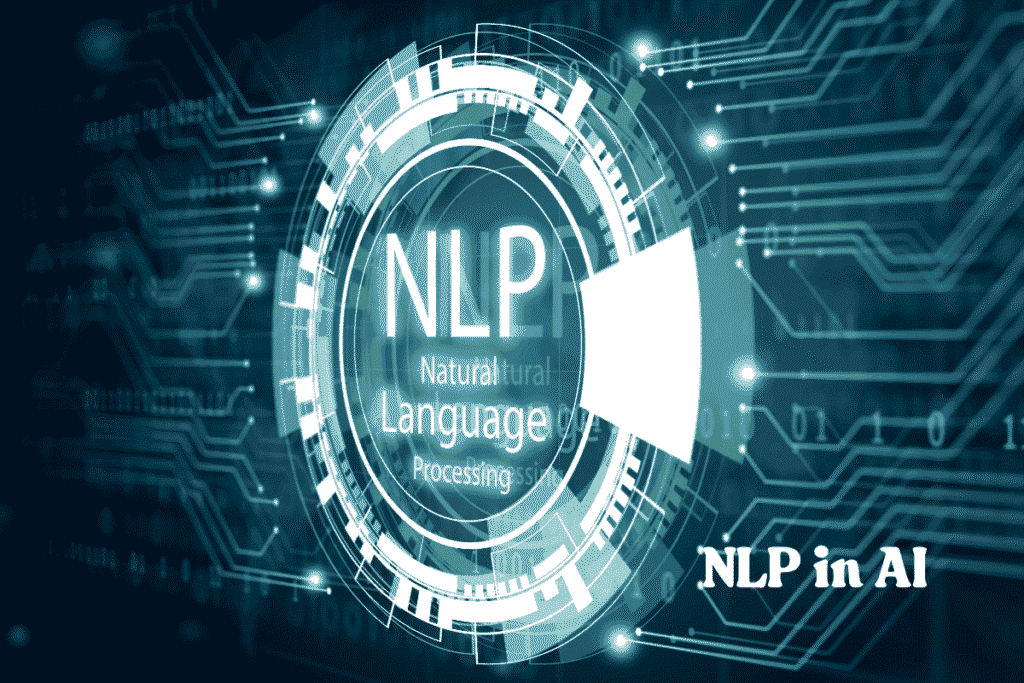
Due to its broad utility, NLP has made a big difference in various fields by making things more efficient, accessible, and personal.
Virtual Assistants and Chatbots
User queries on Amazon’s Alexa, Apple’s Siri, and chatbots are understood and responded to using the language processing method NLP. NLU sees what a person wants to do and NLG provides solutions that boost customer service, e-commerce, and personal productivity. They also do this by allowing chatbots to handle inquiries at any time of day which helps businesses save costs.
Machine Translation
Google Translate and DeepL use neural machine translation (NMT) powered by NLP to provide more accurate translations based on context. These systems help people in business, school, travel, and diplomacy communicate across the globe by understanding and speaking many languages at almost human skill levels.
Tracking Emotions Online
Businesses make use of NLP when reviewing comments and opinions from customers on social networks, online reviews news, and surveys. Sentiment analysis helps a company know how people feel and change their marketing, update products, or address difficulties at any time. For example, companies monitor X posts to find out what the audience thinks.
Healthcare
In healthcare, NLP handles information found in medical records, clinical notes and patient records. It works for finding problems, forecasting outcomes, and handling tasks like billing or coding information. Doctor’s notes can be analyzed by NLP to support care that is based on evidence.
Content Generation
Articles, product descriptions, and pieces of creative writing can be generated with NLP. GPT and similar systems allow businesses to make marketing, journalistic, or story writing content easier and faster, requiring less manual intervention.
Information Retrieval
Google and similar search engines make use of NLP to figure out what people are looking for and give them suitable results. Semantic search adapts the results to meet what users want, even if their query is not clear, helping to improve the accuracy of getting information.
Legal and Compliance
NLP technology enables the computer to review contracts and pick out important clauses that show risks. It detects any problems in legal documentation and assists by easing and improving the way work is done.
Education
By using NLP, some educational tools now offer personalized studying, grading happens automated and language learning is supported. NLP in systems like Duolingo adjusts lessons according to each user’s ability which makes them more interesting and effective.
Financial Services
Banks and companies use NLP to check reports, news, and social media for signs of upcoming market trends or risks. It is also used to pinpoint potential fraud by noticing unusual behavior in how people carry out transactions or communicate.
Accessibility
Thanks to NLP, non-English people and those with disabilities find it much easier to use the web. Those who struggle to hear can use speech-to-text and translation software allows people to communicate with others who speak different languages.
Core Parts of NLP
Many new technologies drive the progress of NLP.
Machine Learning and Deep Learning
Through machine learning algorithms, mainly deep learning models like neural networks, NLP systems can use data for learning. RNNs and LSTMs are used for sequential information, while transformers can look at a full text at the same time and improve speed.
Transformer Models
Transformers introduced by “Attention is All You Need,” rely on self-attention to understand which words in a sentence are more important and notice long-range patterns. Recent achievements in NLP are thanks to innovations like BERT and GPT.
Word Embeddings
Techniques Word2Vec and GloVe map words into numeric vectors to represent their semantic connections. For instance, the vectors of “king” and “queen” are close to one another which shows their connection.
Pre-trained Models
Transfer learning becomes possible because of large pre-trained models like those trained on Wikipedia and Common Crawl. Specifically adjusting models allows them to work faster and with fewer system resources.
Datasets and Corpora
NLP models are built on big datasets like the Penn Treebank and Common Crawl. Having a wide range of data in the datasets allows for use in many languages and contexts.
The difficulties of NLP
Despite how far NLP has come, there are still a lot of obstacles to it.
- When a word has several meanings (e.g., “bank” used for a river vs. a bank), the writer has to add context to make sure the correct sense is clear and this is not easy to achieve.
- Because of the lack of data for these languages and dialects, NLP is less able to be inclusive.
- If models are fed biased data, they may generate outcomes that uphold stereotypes or discrimination.
- Because of their design, most advanced models find it hard to capture all the details in lengthy or emotional conversations.
- It takes a lot of computer resources and energy to train large NLP models which may cause concerns for some.
- Privacy and consent are important problems when working with personal data for NLP projects.
Ethical Considerations
As NLP gets stronger, new concerns about ethics come up.
- The outputs of AI models can be discriminatory if they are trained on biased data, so we should add diversity to the datasets and include strategies to minimize biases.
- Personal data processed with NLP should always be handled respecting a person’s privacy and safely storing it.
- Because of its ability to produce convincing misinformation or deepfakes, NLG calls for better prevention and regulation.
- NLP systems have to be built with Explainable AI because it promotes trust when the system is used in sensitive domains like healthcare or law.
- Having NLP support multiple languages and communities is important for everyone to have equal access.
Future of NLP in AI
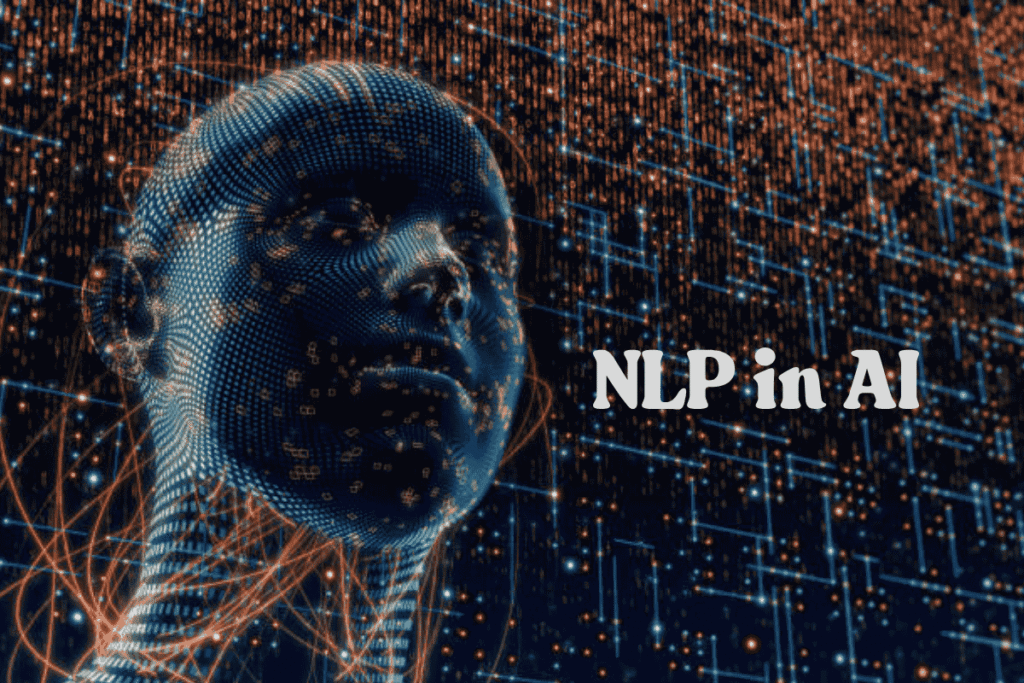
NLP is on the path to major progress moving ahead.
Multimodal NLP
Combining NLP with images, sounds or videos will open new opportunities such as creating captions for images or explaining what happens in videos by narration.
Low-Resource Languages
Using transfer learning and cross-lingual techniques will broaden the use of NLP for languages spoken by a small portion of the population.
Conversational AI
AI improved to keep in mind what users have said before will make conversations less awkward and more interesting.
Edge Computing
Deploying NLP services at the edge would help reduce the time taken for a response and improve privacy.
Zero-Shot Learning
Models can carry out tasks without needing any training related to that task, giving them a greater ability to learn a lot of things.
Conclusion
AI relies heavily on Natural Language Processing which helps in creative communication, increases automation, and improves data analysis. AI helps in healthcare, teaching, money matters, and a variety of other areas, but still faces problems with bias, unclear mistakes, and a high need for processing power, so developments and upgrades are needed often.
Making sure NLP develops responsibly hinges on thinking about privacy and fairness. As NLP continues to develop, it is likely to make AI easier to use, accessible to everyone, and more about teamwork. How will the progress of NLP influence the way AI and humans work together?
FAQS
- What key role does NLP have within AI?
With NLP, AI can both understand what humans say and tell them what it thinks.
- What positive effects do transformers have on NLP tasks?
Transformers help capture context which makes language understanding and generation more accurate.
- What are the best industries that make use of NLP?
The healthcare, educational, financial, e-commerce, and legal sectors are especially helped by IT.
- How does bias make it difficult to do NLP?
Problems such as bias in the data result in models that produce inaccurate or discriminatory results.
- What help does NLP give to people who speak other languages?
NLP makes it possible to add translation and low-resource language support which helps make accessibility better.
